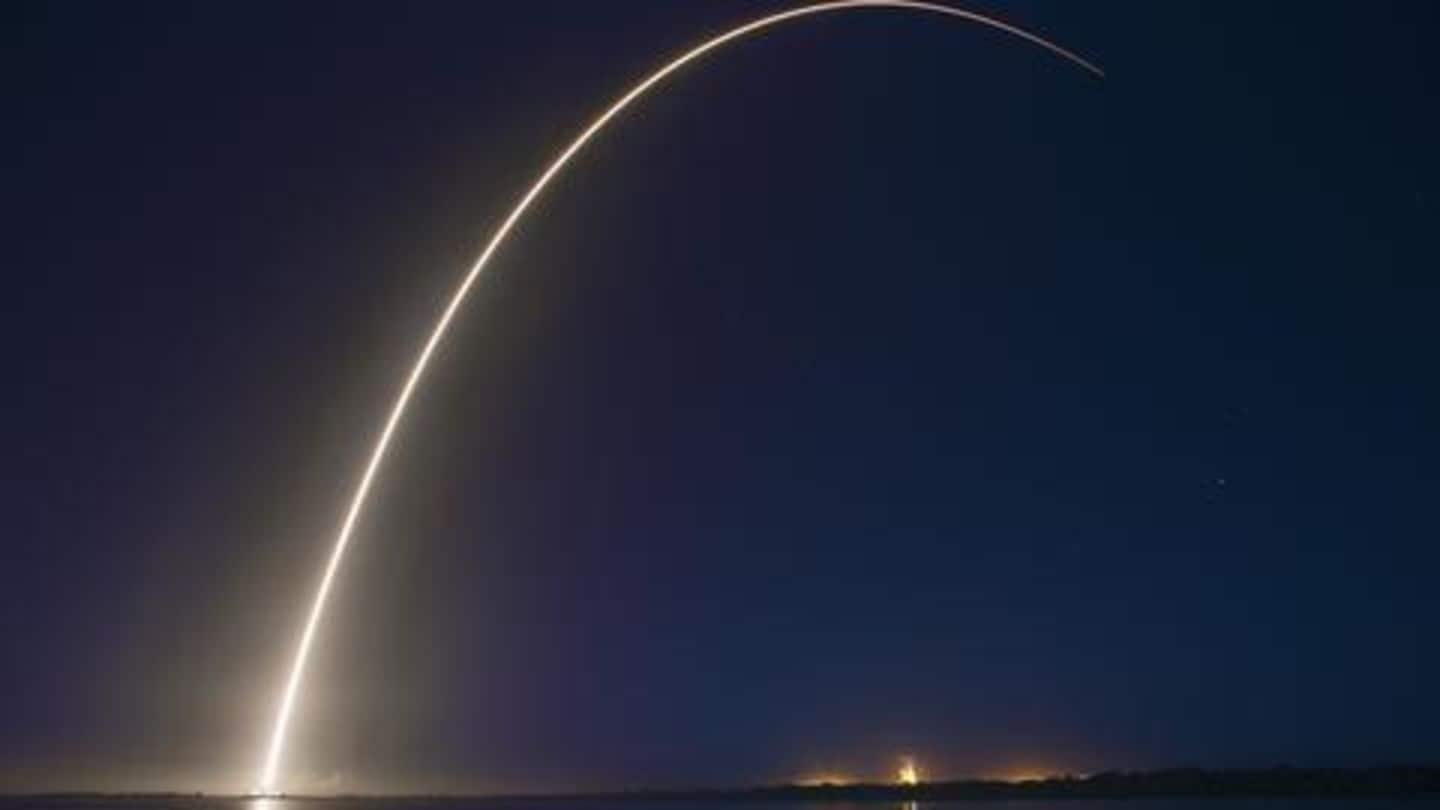
SpaceX to offer internet from space, launches 60 'Starlink' satellites
What's the story
After years of development and approvals, SpaceX's ambitious plan to deliver internet from space is finally coming to life. The Elon Musk-owned spacefaring giant has launched 60 satellites to set up Starlink, a mega broadband constellation, in space. The network would be established in the low-Earth orbit, delivering internet around the world, particularly for those living in remote regions. Here's all about it.
Constellation
Starlink - A constellation of 12,000 broadband satellites
In order to connect the world with high-speed internet transmitted from space, Musk plans to send a total of 12,000 Starlink satellites into the orbit. These spacecraft, once positioned, will work in conjunction with each other and deliver high-speed, low latency net connections while orbiting. Meanwhile, SpaceX hasn't given specific insight into the technology involved in its multi-billion dollar space internet system.
Launch
First batch of 60 satellites launched
While the exact details of the plan remain shady, the company has already started executing it, thanks to the launch of Falcon 9 in the early hours of May 24. The reusable rocket took to the skies and positioned 60 Starlink satellite 550km above Earth an hour later. They will use a solar array and hall thrusters to operate and provide the internet.
Twitter Post
Here's how Starlink satellites would have been deployed
Starlink satellites are equipped with one solar array instead of two, minimizing potential points of failure pic.twitter.com/bJirVr67fF
— SpaceX (@SpaceX) May 24, 2019
Future plans
More satellite launches to follow
Having said that, it's worth noting that this is just a start for the ginormous Starlink network. SpaceX will continue the work and launch more such satellites in the near future, for building the mega constellation for broadband service. If everything goes according to the plan, it will have all 12,000 satellites up and running by mid 2020s.
Amazon's project
Amazon is also in the race
Along with SpaceX, several other companies are planning to establish a space-based internet system, including Amazon. According to recent reports, the company plans to launch 3,236 satellites, with 784 being positioned 590km above Earth, 1,296 sitting at an altitude of 610km, and the remaining at 630km. They all would deliver internet, covering as much as 95% population of the world.